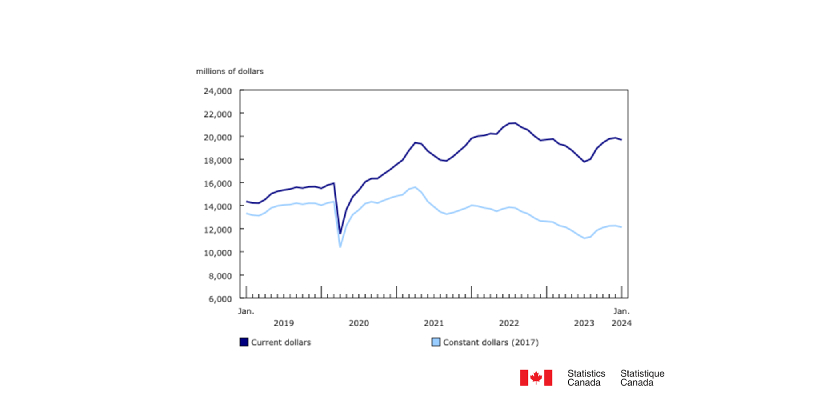CUTRIC Launches Project to Reduce Cost of Electric Bus Charging Systems

Oct 8, 2020
The Canadian Urban Transit Research and Innovation Consortium (CUTRIC) is proud to announce its investment of $999,000 in a project led by eCAMION, an Ontario-based energy storage solution provider. This investment will enable eCAMION to develop a new bus charging technology, and deliver a product with tremendous export potential that will create jobs in Ontario.
eCAMION will benchmark the performance of two competing charging technologies that will ultimately reduce the price of these charging systems from $1 million to $500,000. By charging at night and discharging during the day when needed, these innovative battery-based energy storage systems will also lower electricity and operational costs while shrinking environmental footprints. As well as significantly reducing financial barriers faced by transit agencies, this supports the realization of the target of 5,000 electric buses in Canada by 2024, and the new federal pledge to exceed Canada’s 2030 climate goal and legislate the goal of net-zero emissions by 2050. Durham Region Transit will be the first deployment partner in 2022.
“To get 5,000 electric buses out on Canadian roads in the next few years, and realize the long-term vision of the recent Throne Speech, we need to make electrification easy for transit agencies,” stated Josipa Petrunic, President and CEO of CUTRIC. “Reducing the cost and complexity of charging systems is a critical step in helping transit agencies flip the switch and go electric with their buses in the near future.”
This investment is also supported by another CUTRIC Member, the University of Toronto. The University is working specifically on the development of software systems for battery energy storage systems for local distribution companies and power electronics, communication and software for electric vehicle charging. A total of nine jobs will be created at eCAMION and U of T as a direct result of the investment.
Carmine Pizzurro, CEO of eCAMION, said that “eCAMION’s energy storage-based charging product is designed to overcome the barriers to electrified transportation by allowing charging to occur without the need for expensive infrastructure upgrades, and by reducing the overall cost of electricity and operations for electric bus fleets.”
This project highlights the enormous potential for Canadian companies to develop world-class products, as well as the immense export potential of low-carbon smart mobility technology. It also underlines the manifold benefits of investing in industry-integrated, university-led research in Ontario and Canada.
“We are proud to support an investment in green, sustainable transit that not only creates local jobs, but keeps costs down for taxpayers by deploying innovative, cutting-edge technology,” stated MPP Donna Skelly, Parliamentary Assistant to the Minister of Economic Development, Job Creation and Trade. “Local companies like eCAMION, and projects like those established by CUTRIC, are examples of how we can come together to not only solve challenges our communities are facing, but create jobs and opportunity too.”
‘Building back better’
Governments need a pathway from where Canada is today to where it aims to be by 2030 and 2050. That’s why CUTRIC recently completed a year-long series of national focus groups, interviews and case-study reviews in partnership with our stakeholders and others active in transit electrification. The resulting report explores critical recommendations that will ensure Canada achieves its goal of 5,000 electric buses, and succeeds in building the forward-thinking nation envisioned in the 2020 Throne Speech.
It’s also why CUTRIC’s members recently put together a 5 Point Plan for Building Back Better Transitfocusing on building better, greener transit systems that support manufacturing innovation and are future-proofed with anti-pandemic technologies.









![Guide to the Canadian Electrical Code, Part 1[i], 26th Edition – A Road Map: Section 10 – Grounding and Bonding](https://electricalindustry.ca/wp-content/uploads/2022/11/Guide-CE-Code-2.png)





